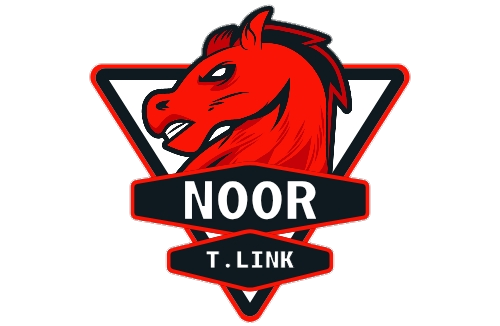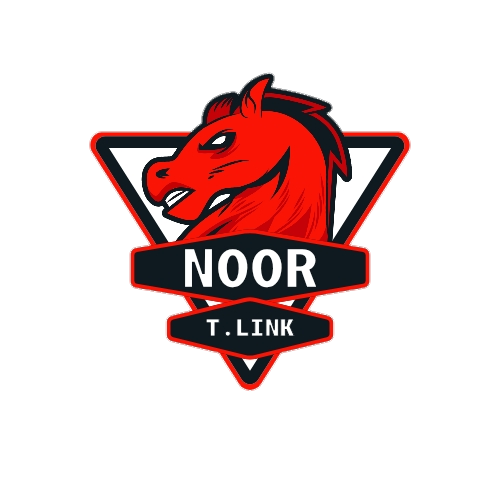Router Protocol has introduced a modular framework aimed at resolving one of the most critical issues in blockchain technology—fragmentation. As the Web3 landscape continues to expand, the presence of isolated blockchains has resulted in inefficiencies, liquidity constraints, and a disjointed user experience. By facilitating seamless blockchain interoperability and enabling cross-chain transactions, Router Protocol aims to mitigate these challenges.
The company has highlighted how its innovative solutions are redefining blockchain functionality, positioning its native token, $ROUTE, for substantial growth in the market.
The Issue of Fragmentation in Blockchain Networks
With the emergence of multiple Layer 1 and Layer 2 blockchains, scalability and cost-effectiveness have improved within Web3. However, this expansion has also led to fragmented ecosystems where liquidity, data, and users remain dispersed across different chains. This lack of interoperability limits the potential of DeFi, blockchain gaming, and other applications that depend on seamless interconnectivity.
Users navigating these siloed ecosystems often encounter:
- Complex workflows when transferring assets across chains.
- High transaction fees and delays in cross-chain interactions.
- Restricted access to liquidity pools across different networks.
- Router Protocol has developed its modular framework to simplify cross-chain communication and establish a more unified blockchain environment.
A Revolutionary Modular Framework
Router Protocol’s approach introduces a secure and scalable modular framework that enables developers to create cross-chain applications with greater ease. This design addresses limitations found in existing interoperability solutions such as Wormhole, Across Protocol, and LayerZero.
Key Features of the Modular Framework
Cross-Chain Intent Framework (CCIF): This feature automates intricate cross-chain processes into streamlined single-step operations. Users can stake tokens on one blockchain while holding assets on another without the need for manual bridging or swapping. Components like Intent Adapters, Intent Solvers, and Adapter Registry Modules enhance execution efficiency.
Stateful Middleware Contracts: Unlike conventional bridges that offer limited flexibility, Router Protocol integrates middleware contracts, allowing developers to introduce custom business logic into the bridging layer. Functionalities such as batching, sequencing, and atomicity are supported at this level.
Plug-and-Play Developer Tools: The platform offers an open-source toolkit to simplify the development of interoperable decentralized applications (iDapps), ensuring robust security while reducing development time.
Zero-TVL Architecture: The framework eliminates the necessity of locking assets in bridge contracts, minimizing security vulnerabilities commonly exploited by hackers.
Multi-Layer Security: Applications utilizing Router Protocol can implement additional security measures, including optimistic verification and multi-signature validation, enhancing baseline security.
Composability: The protocol facilitates seamless integration with global applications like oracles and liquidity pools, promoting interoperability within the broader blockchain ecosystem.
Use Cases for Router Protocol’s Framework
The modular framework supports various blockchain applications, including:
Cross-Chain DeFi: Enables lending, borrowing, and staking across multiple blockchains without manual intervention.
Blockchain Gaming: Facilitates seamless asset transfers between gaming platforms operating on different chains.
NFT Marketplaces: Allows users to trade NFTs across blockchains without encountering liquidity fragmentation.
Portfolio Management: Automates cross-chain portfolio rebalancing using intent-based workflows.
Currently, Router Protocol connects over 40 EVM and non-EVM blockchains, ensuring improved liquidity, enhanced user experiences, and optimized cross-chain transactions. The Pathfinder algorithm further streamlines cross-chain swaps, reducing costs and delays.
Strategic Integrations with Hyperliquid and Solana
Recent integrations with Hyperliquid and Solana are expected to drive the $ROUTE token’s value significantly.
Hyperliquid Integration: Router Protocol now serves as the official bridge for Hyperliquid’s EVM chain, facilitating seamless cross-chain deposits from over 30 blockchains. This enhancement simplifies trading processes and generates transaction fees that contribute to the buyback of $ROUTE tokens, benefiting token holders.
Solana Integration: By linking Solana with over 25 blockchains, Router unlocks new opportunities for DeFi, gaming, and NFTs within Solana’s high-speed network.
The Growth Potential of $ROUTE Token
Acting as the primary gas token and governance asset of Router Protocol, $ROUTE has substantial growth potential despite being undervalued compared to competitors like Wormhole and LayerZero.
Factors Driving $ROUTE’s Growth
Scarcity: With a capped supply of 20 million tokens, the limited availability is expected to drive appreciation in value.
Utility: The token is integral to transaction fees, staking rewards, and governance within the ecosystem.
Buyback Mechanisms: Revenue generated from integrations such as Hyperliquid is utilized to repurchase $ROUTE tokens, boosting demand.
Expanding Use Cases: The token’s functionality spans various high-growth sectors, including DeFi, gaming, and NFTs.
A Promising Future for Router Protocol
Router Protocol is well-positioned to reach a billion-dollar market capitalization through its technological innovations and strategic alliances.
Ecosystem Expansion: As more projects integrate with Router’s framework, demand for $ROUTE tokens is expected to rise.
Market Trends: The increasing demand for blockchain interoperability aligns with Router Protocol’s offerings.
Adoption Across Sectors: With applications in DeFi, gaming, and NFTs, Router Protocol’s impact spans multiple high-growth industries.
Conclusion
Router Protocol’s modular framework presents a revolutionary solution to blockchain fragmentation by facilitating seamless cross-chain transactions while enhancing security and scalability. With ongoing strategic partnerships and growing adoption, Router is establishing itself as a fundamental pillar of Web3 infrastructure.
For developers seeking to build interoperable applications or investors looking for high-growth opportunities, Router Protocol offers unparalleled value. As the $ROUTE token moves toward a $10 valuation and the project’s market cap nears $1 billion, Router Protocol stands out as a key player in the evolving blockchain landscape.



